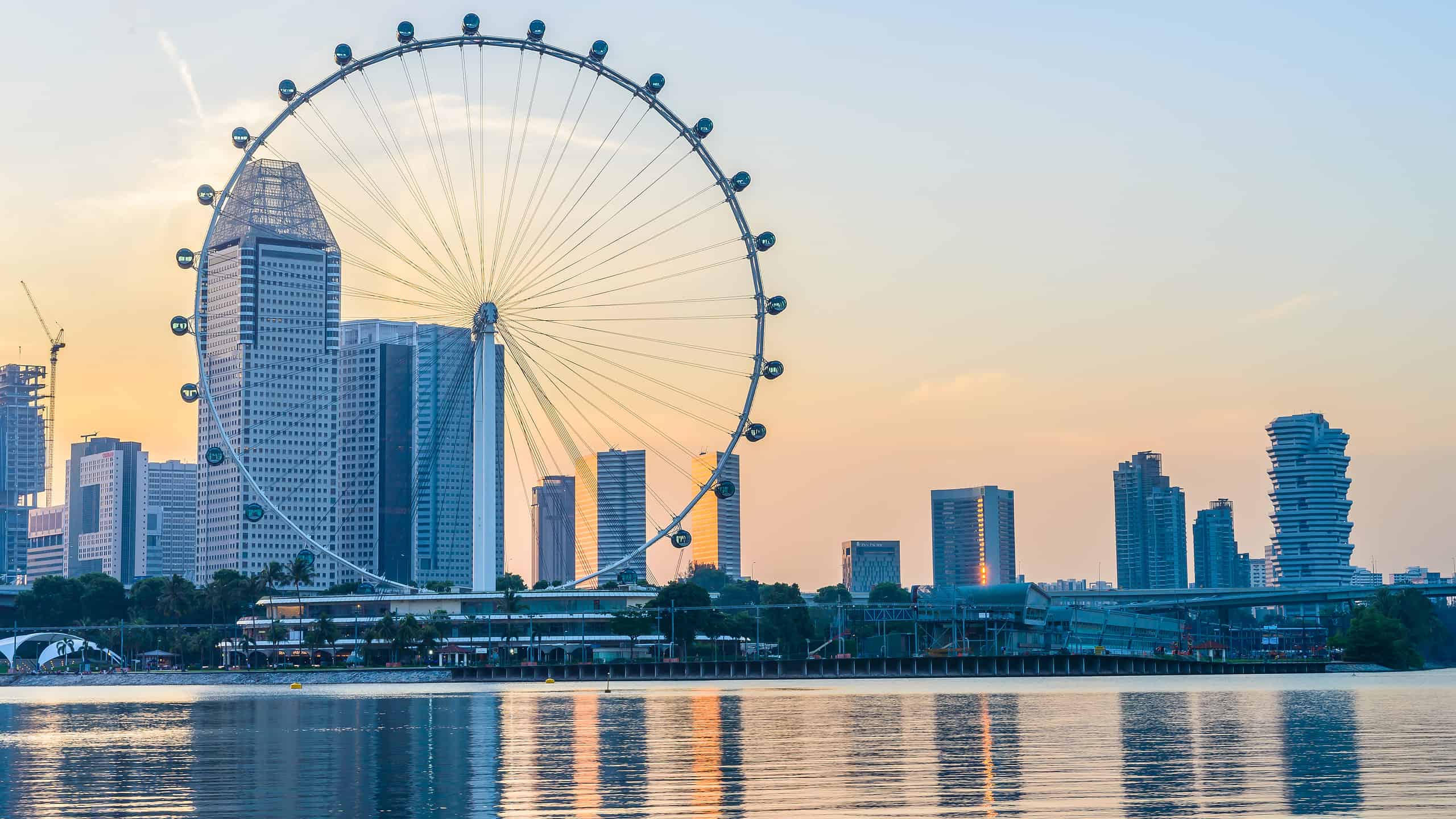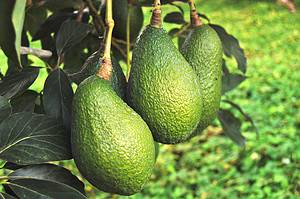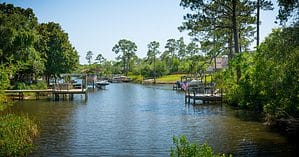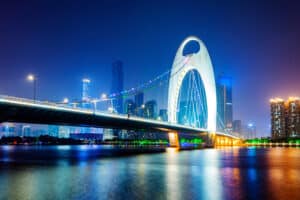Singapore, a sovereign city-state known for its compact size, has continuously defied the limitations imposed on it. Located at the tip of the Malay Peninsula, it has experienced remarkable growth. From a humble trading post, it has transformed into a prominent global financial center in less time than the United States has been a nation. Amid a thriving economy and an upward trajectory in the standard of living, Singapore is a case study par excellence in prudent land management.
The Geography of Singapore
Positioned between the Indian Ocean and the South China Sea, Singapore sits just north of the equator. The renowned Southeast Asian tropical island country has gained global recognition for its remarkable population density and vibrant urban landscape. The southern coast, being the primary hub of urbanization, naturally houses a significant concentration of people. It rests on a flat and gently undulating middle plateau.
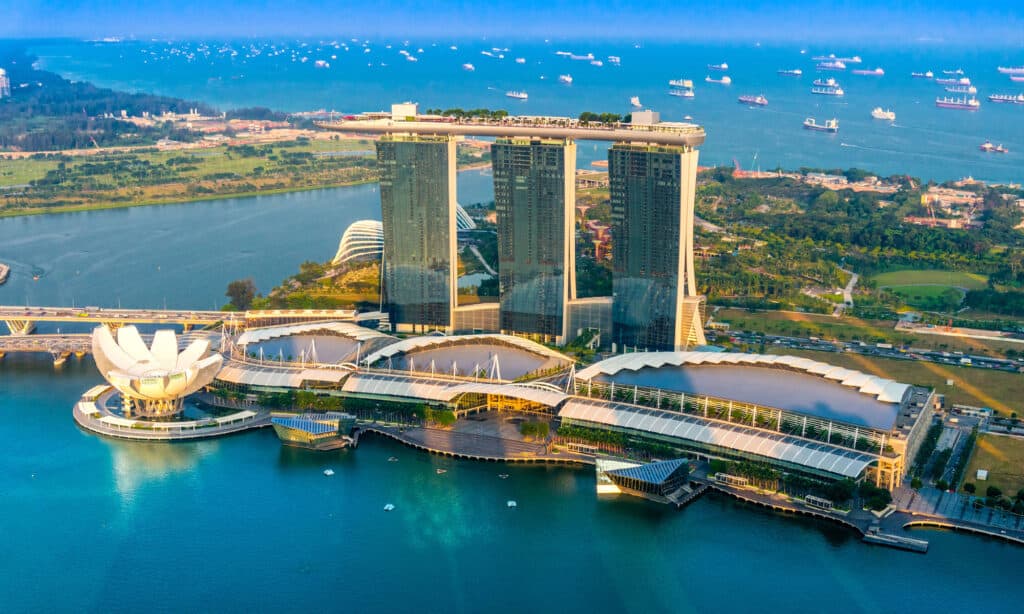
Once a trading hub under British colonial rule, independent Singapore now punches far above its weight in the financial, technology, and green infrastructure realms.
©iStock.com/MasterLu
A (Very) Brief History of Singapore
The history of Singapore dates millennia, with Ptolemy calling it Sabana. But the modern history of Singapore is traced to the 19th century. British statesman Stamford Raffles arrived on the scene in 1819 and claimed the island for the Queen. Under British colonial rule, Singapore grew into a major trading hub. Since its independence in 1965, Singapore has seen rapid development, transforming into one of the world’s most prosperous nations.
The Size of Singapore
Singapore’s Land Area: Acres, Square Miles, and Square Kilometers
Singapore holds a total land area of approximately 277.7 square miles, or 719.2 square kilometers. This equates to roughly 177,597 acres. These measurements encompass both the mainland and several smaller islands that together constitute the country. The mainland extends 50 kilometers (31 miles) from east to west and 27 kilometers (17 miles) from north to south. Singapore’s coastline stretches about 120 miles, or 193 kilometers. It’s worth noting that these figures may vary slightly, depending on the source and method used for calculations. After all, the shape of an island is always a moving target.
Comparative Sizes: Apples and Oranges, and Apples to Apples
When compared to the United States, Singapore’s size is significantly smaller. The total land area of the United States is approximately 3.8 million square miles, or 9.8 million square kilometers, making it approximately 13,600 times larger than Singapore.
In a global context, Singapore is one of the smallest countries, ranking 175th in terms of total area. In fact, it’s only a bit more than 3.5 times the size of Washington, DC.
Among the world’s three extant sovereign city-states, Singapore is significantly larger in terms of land area. Monaco, at about 2 square kilometers, is so small that around 360 Monacos could fit within Singapore’s borders. Vatican City, the smallest internationally recognized independent state in the world, is over 16,000 times smaller than Singapore.
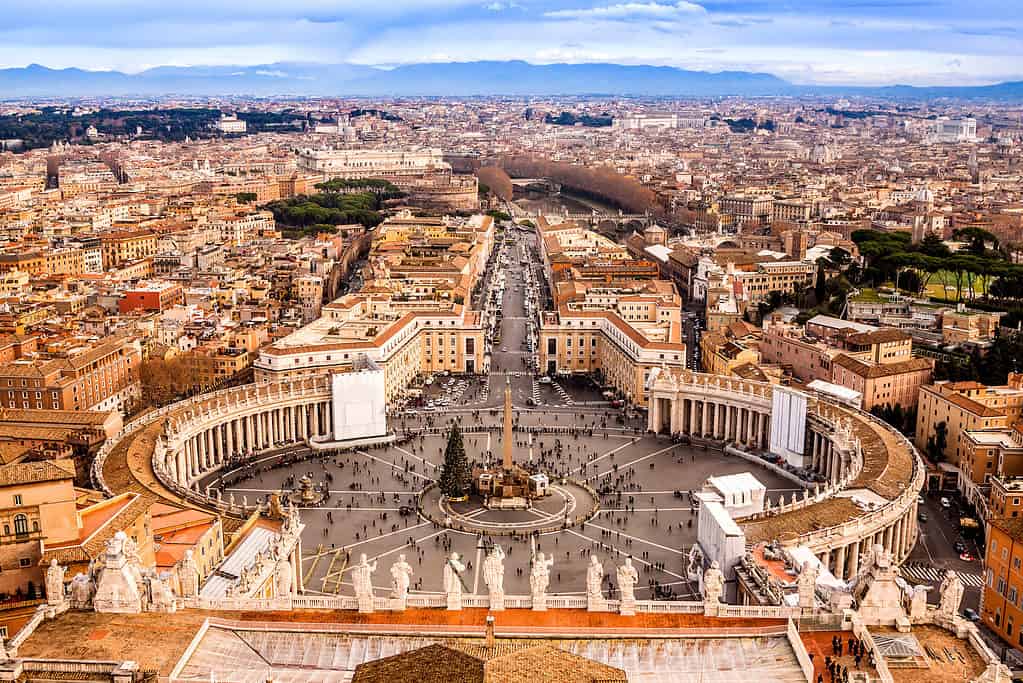
Vatican City, the smallest city-state by most measures, is contained in an area that is 0.44 square kilometers, or 0.17 square miles (about 68 city blocks). Singapore is over 16,000 times bigger.
©Sergii Figurnyi/Shutterstock.com
Singapore’s Remarkable Expansion
Faced with a persistent shortage of land, Singapore has embarked on aggressive land reclamation initiatives since the 1960s. Land reclamation is a process involving the creation of new land by filling coastal areas or shallow waters with soil, rock, and other materials. Then, the reclaimed land becomes usable for infrastructure development, urbanization, and industrialization, addressing the space constraints issue. This strategic response has expanded the city-state’s land area substantially. You could consider it a two-birds-with-one-stone approach.
From an initial expanse of 581.5 square kilometers (224.5 square miles) in 1960, Singapore has grown to encompass about 719.2 square kilometers (277.7 square miles), a remarkable surge of almost 24 percent. The city-state doesn’t limit itself to traditional reclamation techniques. It actively explores innovative methods for sustainable development and coastal protection against climate change. For instance, it employs strategies such as utilizing underground space in areas like Marina Bay to optimize land use.
Overall, this commitment to expanding its boundaries stands as a testament to Singapore’s unwavering pursuit of progress and development, despite its natural constraints. Over the past decades, land reclamation and innovative space management strategies have enabled Singapore’s land area to expand by about 25 percent, solidifying its status as a pioneering force in urban development.
Future Projections and Global Implications
The future of Singapore’s expansion looks promising, with projections indicating significant changes to its coastline by 2030. However, while its commitment to creating more land and sustainable urban development is admirable, it’s crucial to consider the environmental consequences of land reclamation. These include coastal ecosystem degradation and the potential instability of reclaimed land. As such, Singapore’s continued land reclamation projects must aim to strike a balance between growth and environmental preservation.
The Impact of Climate on Singapore’s Growth
Singapore’s tropical rainforest climate, characterized by high humidity, abundant rainfall, and a lack of distinct seasons, influences its urban planning and land use strategies. With monsoon seasons bringing periods of heavy rain and wind, the country has had to focus extensively on sustainable infrastructure development and water management. Climate change remains a significant concern, and Singapore actively addresses this through research, mitigation measures, and adaptation strategies. A notable initiative includes the establishment of a Center for Climate Research and the implementation of a carbon tax.

Created in Singapore in 1969 as a result of crossing two genera, mokara orchids are perennial, manmade hybrids that don’t occur in nature. Also known as the Singapore Orchid or Vanda Miss Joaquim, they are the city-state’s national flower.
©Wiyada Jaroenkhan/Shutterstock.com
Fascinating Facts About Singapore
1. The country recognizes four official languages: English, Chinese, Tamil, and Malay, with the national language being Malay.
2. The national flower of Singapore is a hybrid orchid known as Vanda Miss Joaquim, or the Singapore Orchid.
3. The island-nation seems to have a thing for hybridization. The Merlion, a mythical creature with the head of a lion and the body of a fish, serves as a symbol (mascot, national personification) of Singapore.
4. Singapore is home to one of the world’s busiest ports in terms of shipping tonnage.
5. Singapore is a global commerce, finance, and transport hub. It ranks as one of the most “technology-ready” nations by the World Economic Forum and the city with the “best investment potential” by private analyst firm BERI.
6. Singapore is also known as “The Lion City,” “The Garden City,” and “The Little Red Dot.”
7. Singapore’s Changi Airport is a perennial winner for the world’s best airport awards from Skytrax. Changi Airport took the top spot a staggering twelve times in a row, including this year!
8. Singapore’s education system is widely recognized as one of the best in the world. Their students regularly excel in math, science, and reading in world education benchmarks.
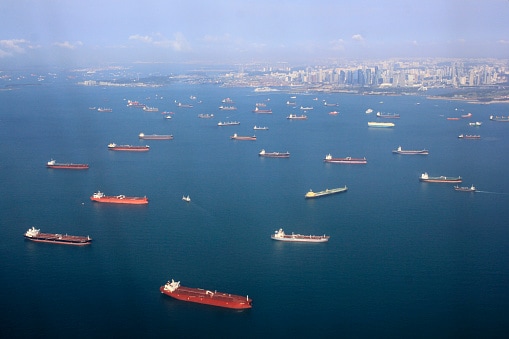
Set between the Indian Ocean and the South China Sea, Singapore ideally situated for shipping ports.
©bari paramarta/iStock via Getty Images
Conclusion
Singapore’s development is a remarkable tale, a sort of David with no need for Goliath. In a remarkable display of resilience and determination, the small island nation defied all expectations to successfully expanded both its territory and influence. Singapore’s story is a testament to how imagination and follow-through, more so than size, is what limits a nation’s potential for growth and influence.
| Dimension | Measurement (Miles/Kilometers) |
|---|---|
| Land Area | 277.7 sq mi / 719.2 sq km |
| Mainland East to West | 31 mi / 50 km |
| Mainland North to South | 17 mi / 27 km |
| Coastline | 120 mi / 193 km |
| Area in 1960 | 224.5 sq mi / 581.5 sq km |
| Area in 2023 | 277.7 sq mi / 719.2 sq mi |
Thank you for reading! Have some feedback for us? Contact the AZ Animals editorial team.

